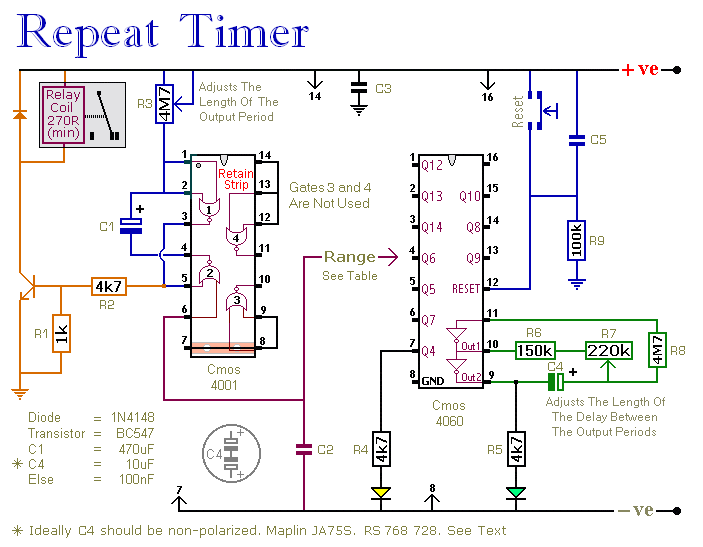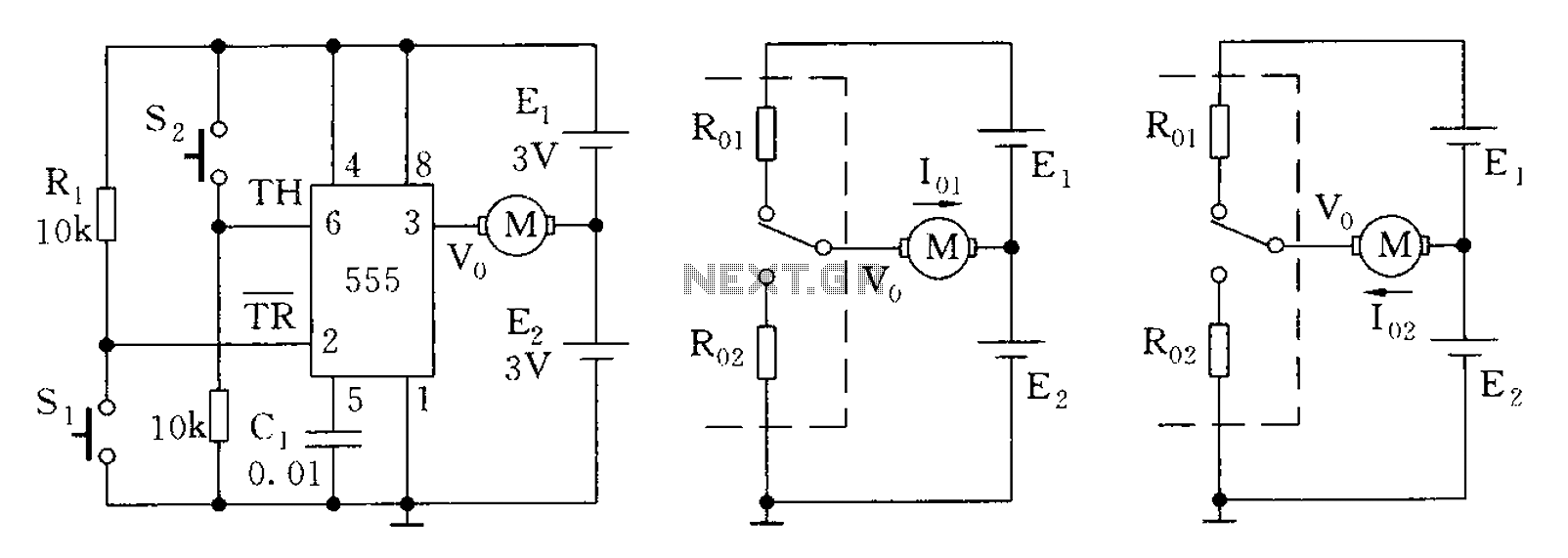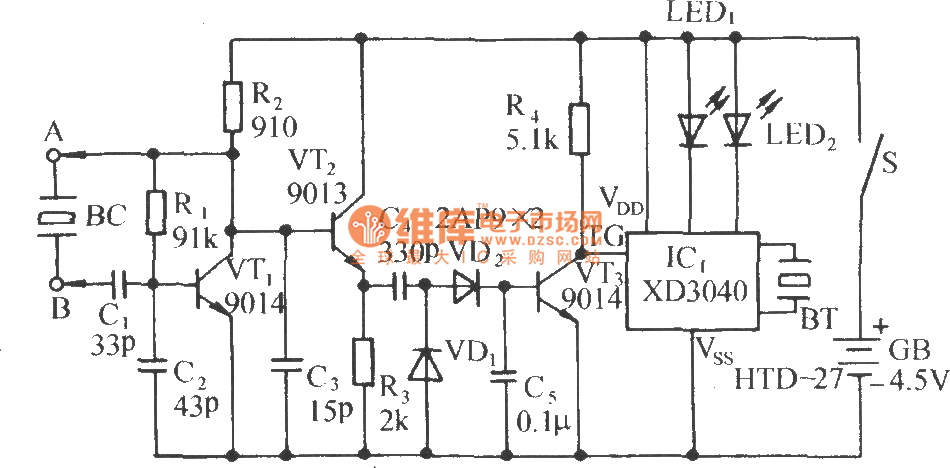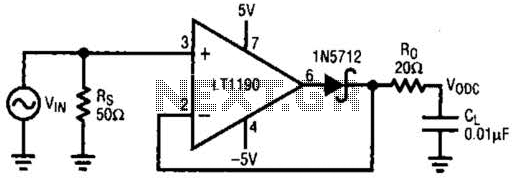
Metal detector with 555 timer

This metal detector electronic project schematic circuit is designed using a simple 555 timer integrated circuit. The schematic circuit requires few external electronic components.
The metal detector circuit utilizes the 555 timer IC in an astable mode configuration, which generates a continuous square wave output. The frequency of this output can be adjusted by varying the resistors and capacitors connected to the timer. Typically, a combination of resistors R1 and R2, along with capacitor C1, sets the frequency of oscillation.
In this application, the output from the 555 timer is fed into a coil of wire, which acts as an inductor. This coil generates an electromagnetic field. When a metal object comes within the range of this field, it disrupts the oscillation, causing a change in the frequency or amplitude of the signal. This alteration can be detected and amplified using a simple transistor amplifier circuit, which may consist of a bipolar junction transistor (BJT) or a field-effect transistor (FET), depending on the desired sensitivity and response time.
A speaker or a piezo buzzer is often connected to the output of the amplifier to provide an audible alert when metal is detected. Additionally, a power supply circuit, typically comprising a battery, is included to provide the necessary voltage to the 555 timer and other components.
Overall, this schematic is a straightforward yet effective design for a basic metal detector, ideal for hobbyists and educational purposes. The simplicity of the circuit allows for easy troubleshooting and modifications, making it suitable for those looking to understand the fundamental principles of metal detection technology.This metal detector electronic project schematic circuit is designed using a simple 555 timer integrated circuit. As you can see in the schematic circuit, this metal detector electronic project requires few external electronic parts.
🔗 External reference
The metal detector circuit utilizes the 555 timer IC in an astable mode configuration, which generates a continuous square wave output. The frequency of this output can be adjusted by varying the resistors and capacitors connected to the timer. Typically, a combination of resistors R1 and R2, along with capacitor C1, sets the frequency of oscillation.
In this application, the output from the 555 timer is fed into a coil of wire, which acts as an inductor. This coil generates an electromagnetic field. When a metal object comes within the range of this field, it disrupts the oscillation, causing a change in the frequency or amplitude of the signal. This alteration can be detected and amplified using a simple transistor amplifier circuit, which may consist of a bipolar junction transistor (BJT) or a field-effect transistor (FET), depending on the desired sensitivity and response time.
A speaker or a piezo buzzer is often connected to the output of the amplifier to provide an audible alert when metal is detected. Additionally, a power supply circuit, typically comprising a battery, is included to provide the necessary voltage to the 555 timer and other components.
Overall, this schematic is a straightforward yet effective design for a basic metal detector, ideal for hobbyists and educational purposes. The simplicity of the circuit allows for easy troubleshooting and modifications, making it suitable for those looking to understand the fundamental principles of metal detection technology.This metal detector electronic project schematic circuit is designed using a simple 555 timer integrated circuit. As you can see in the schematic circuit, this metal detector electronic project requires few external electronic parts.
🔗 External reference





